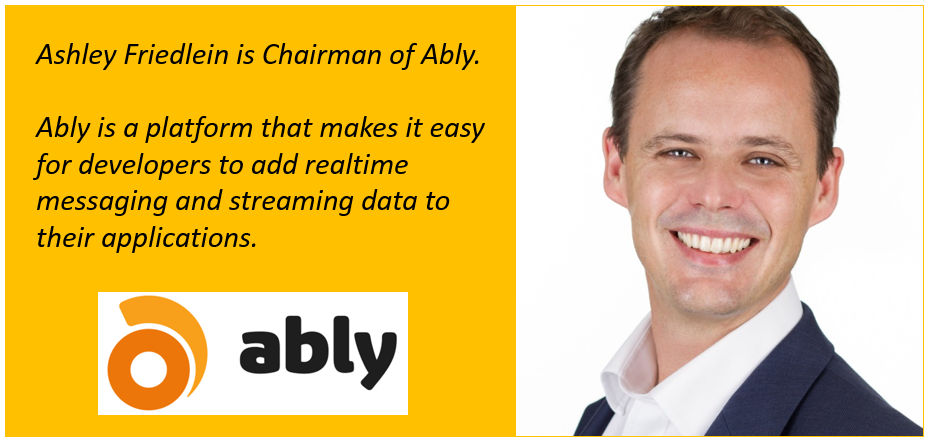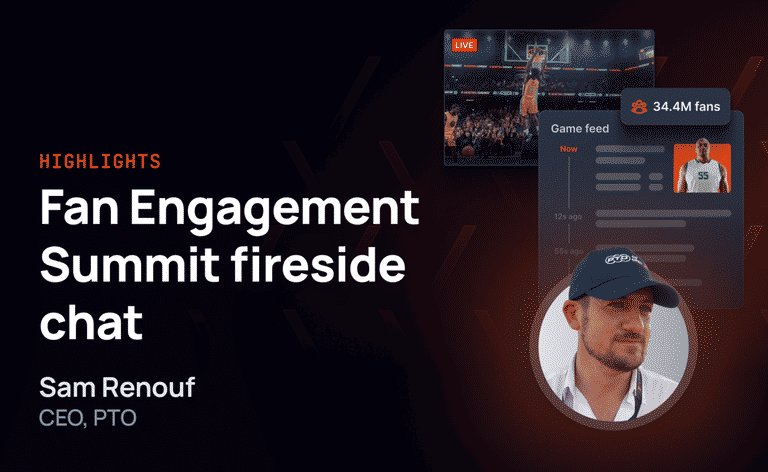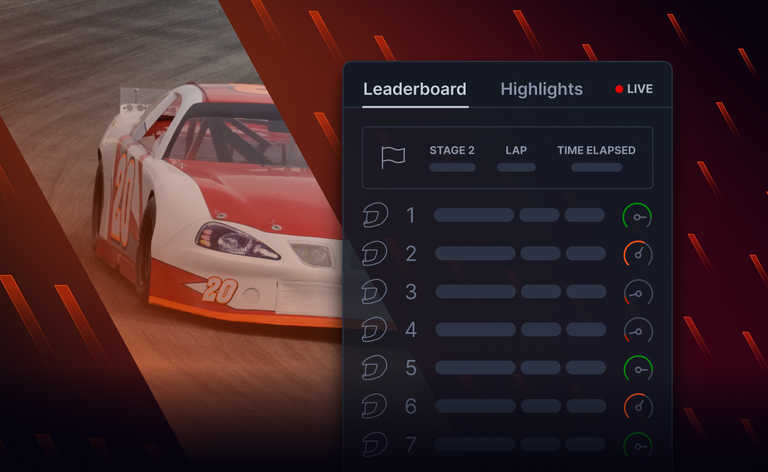Ably is a realtime data delivery platform. But one of our challenges is that ‘realtime’ is still relatively new. And it is not, yet, a ‘trend’ or thing that many people are talking about.
So we, and others, are still educating the market about something we believe will grow massively in the coming years. It is one of the waves of innovation in customer experience that will allow businesses to differentiate.
Currently it is largely the likes of Facebook (e.g. Facebook Live) and Google (e.g. Google Now, Google Docs) who are doing most in the realtime space. But it will become more common and more expected by customers.
We are publishing a series of articles to help businesses in various sectors understand what is possible with realtime to help stimulate innovation.
[NOTE — we’re not an agency but we get asked to ideate/design/build realtime experiences a lot. If you are an agency who understands realtime CX/tech then get in touch as we could put work your way.]
So here are some ideas for media, content and publishing businesses around how they can use realtime platforms like Ably to innovate and differentiate:
1. Realtime Content & Publishing
- Realtime updates to your home page as a) new content is published b) incoming related news is surfaced c) users read or interact with articles.
- Live blogs/content are extremely popular, especially for breaking news and stories. Stream your content and data to any number of concurrent readers in milliseconds.
- Content recommendations can be re-targeted in realtime based on factors such as dwell time, content focus etc. A realtime tech platform provides a straightforward way to deliver content recommendation updates in realtime to readers.
- Revoke or publish fixes to typos or mishaps in realtime.
- Show realtime trending updates on your content such as a small badge that shows how many people are reading an article at any time.
2. Realtime Reader Engagement
- If the future of UI is chat why not allow readers to engage in discussions in realtime within your articles. Let them like, post comments, reply, vote on polls, with live feedback from other users.
- Engage readers using a notification bar on the page e.g. send a message to all users within a certain demographic and they will receive a small notification whilst visiting your site.
- Allow readers to subscribe to browser notifications or mobile notifications when new content is published for particular topics or even site wide.
- Lots you can do at events…. e.g. push updates in realtime to delegates at your events; allow delegates to see where others are in realtime; delegates can communicate privately or publicly whilst at events using their mobiles
3. Realtime Advertising
- Optimise your digital advertising in realtime based on the behaviour of your users. If you are sending signals to your back end now that may trigger categorisation of a visitor in a different way that would warrant a different ad to be shown, then realtime tech is an effective way to either publish that data to the ad tech directly (which in turn would push the updates back via the realtime platform) or you could send the update to the browser which would in turn trigger a reload of the advertising directly in the DOM.
- With the ‘lazy load’ approach (especially on mobile) you can change what content readers get to see in realtime based on their behaviour e.g. dwell times, focus areas, swipes/clicks etc.
- Build engagement tools that allow an advertiser to communicate in realtime with customers who are interested in their brand e.g. a lightweight chat client embedded in an ad.
4. Realtime Distribution
- Use a realtime platform as a content distribution platform to provide your APIs over a realtime transport. REST APIs are great for static data, but data in motion needs a different delivery mechanism for subscribers who want content for their apps, services, or content platforms.
- The problem with RSS is that it follows the traditional pull paradigm i.e. everyone wanting your content needs to keep polling your servers for updates. Instead, you can broadcast out your content in realtime meaning more timely, better distribution and no load on your servers as the realtime platform does all the work of getting content to subscribers.
- With the right realtime tech (like Ably ;) ) you can control access to the content at a granular level e.g. making some realtime content only access to paying subscribers or registered users.
- As well as control over who has access to your realtime streams you can also get more granular analytics than other existing content distribution methods.
- First come, first read… As your content is increasingly read off your site (e.g. Facebook Instant Articles, Google AMP etc) ensuring your content is available with greater immediacy and more reliably is going to be increasingly important and give you competitive advantage.
5. Realtime Collaboration
- Improve collaboration for your editors and journalists whilst working with your CMS product by showing in realtime who else is editing which content, allow users to chat about content in realtime etc. Google Docs meets Slack but built around the editorial process.
Have you got any other ideas you’d like to suggest? We’re also looking for collaborators (e.g. agencies and consultancies as well as brands) to input to future articles as we look at other industry sectors (travel, finance, retail etc).





